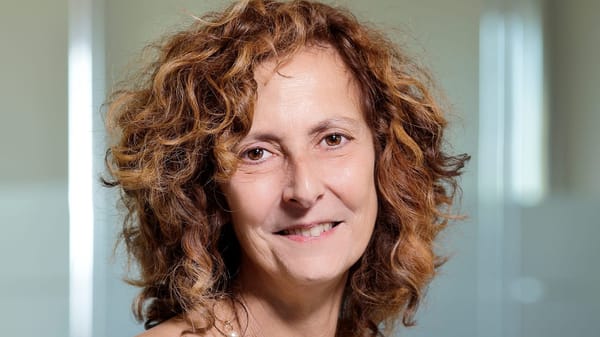This Week In Science (22/11/2024)
Your weekly digest of science news picked by the Felix Science editorial team
Is ibuprofen the solution to this rare developmental disease?
Researchers at the University of Utah have recently discovered that ibuprofen may alleviate issues caused by MAN1B1 mutations in fruit flies. MAN1B1-CDG, a rare congenital glycosylation disorder, is present in young children due to the inheritance of two faulty copies of this gene.
Less than 1 out of a million are affected by the disorder in England. Symptoms include developmental delays, hypertonia, and truncal obesity. Using drug repurposing, geneticist Chow and his team tested 1,500 drugs, finding 51 that restored normal eye structure in flies with MAN1B1 mutations, including 9 non-steroidal anti-inflammatory drugs (NSAIDs) like ibuprofen.
NSAIDs reduce COX enzyme activity, which appears linked to the condition, prompting some doctor’s to begin low-dose ibuprofen therapy in children with the disorder. The results are, of course, preliminary, but provide an interesting avenue for further research and treatment.
Carbon Capture
Researchers led by Prof. Jeffrey Long at U.C. Berkeley look to be making strides in high-temperature carbon capture, potentially opening up the door to more energy-efficient high-temperature carbon capture solutions. The team has developed a novel metal-organic framework (MOF), featuring porous zinc hydride sites which are able to adsorb CO2 at temperatures up to 300 °C. This is a giant step forward from the current standard which utilises amine chemistry and is only able to adsorb efficiently between 40-60 °C.
This opens the door to carbon capture solutions for high-temperature emissions, such as those seen in cement production, to be effectively captured without the need for expensive cooling solutions. If adopted, this would substantially improve practicality, and cost-effectiveness of the process. Watch this space!
Solar wind power likely to govern Uranus’ temperature
Research published by Imperial planetary scientist Adam Masters has shed new insights to Uranus’ upper atmosphere. Observations of Uranus’ upper atmosphere by ground-based telescopes, from 1998 to 2018, have shown its temperature has cooled from 700K to 450K. The reasons for this cooling are unclear.
The authors of the paper explain this cooling occurs as a result of the declining power of solar wind incident on Uranus’ magnetic field. They state that the solar wind over this period has dropped by ~50%, because of trends seemingly longer than the usual 11-year solar cycle.
The solar wind is the main driver of energy flow in space. Masters claims it is the solar wind that is mostly responsible for the heating in the upper atmosphere of Uranus – where most of the auroras of Uranus are generated – solving a decades-long problem explaining Uranus’ mysterious cooling.












